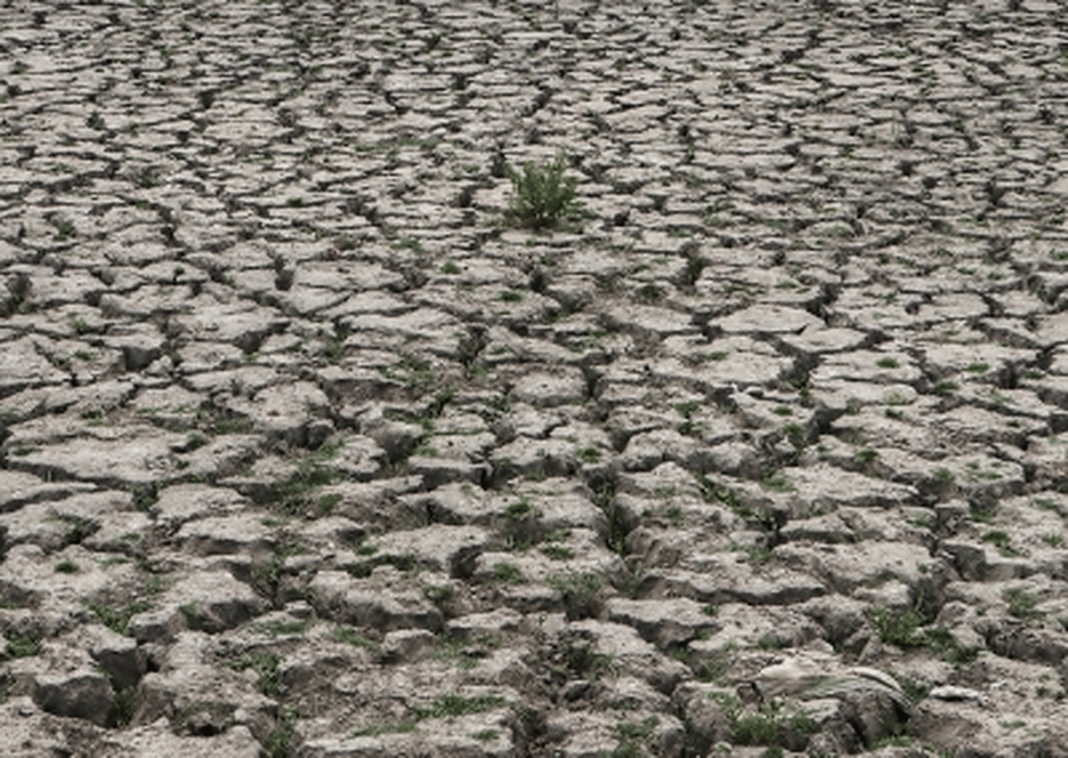Over the past 12 weeks, record-breaking rainfall in India has caused unprecedented flooding in several parts, while eastern states have been reporting deficits by a big margin. The result: Bihar, West Bengal and east Uttar Pradesh, the eastern region with the highest intensity of paddy cultivation, have seen highly deficit rains despite an active monsoon current in July and August. The reason: Ineffective low-pressure systems over the Bay of Bengal and a southward shift of the east-west monsoon trough.
Agricultural experts say that one of the notable impacts of changes in track of monsoon systems can be seen on kharif crops, particularly the rice growing eastern region, where the rice is grown on the basins of Ganga and Mahanadi rivers. According to the India Meteorological Department (IMD) data on the monsoon performance in major rice-producing states, Uttar Pradesh’s rainfall deficiency from June 1 to August 30 was as high as 44 per cent. Against the normal cumulative rainfall of 588.
1 mm, the actual cumulative rainfall in Uttar Pradesh during this period was 330. 9 mm. The IMD says only 11 of the 75 Uttar Pradesh districts have received normal rainfall.
While in Bihar the rainfall deficiency from June 1 to August 30 was 39 per cent, it was minus 27 per cent in Jharkhand and minus 18 per cent in West Bengal. “Arrival of the monsoon and whether onset would be strong or weak will always continue to dodge us. However, changes in track of the system would have a more deadly impact on the crop which would be in the growing stage at the moment.
Due to southward movement of all main monsoon low pressure areas and depressions, rice producing states like West Bengal, Bihar, Jharkhand and East Uttar Pradesh have been deficit by large margins. This would have an impact on the quantity as well as the quality of the crop,” said Skymet Weather Vice President (Meteorology and Climate Change) Mahesh Palawat. The uneven distribution rains along with increasing temperatures and humidity give rise to pest attacks and diseases.
This will in turn impact the quality of the grain as well as the nutrition value may vary, say experts. Researches indicate the monsoon rainfall became less frequent but more intense in India during the latter half of the 20th century. An increase of either severe floods or droughts can cause rice production loss, but the drought effect on rice production is more prominent.
India is the world’s second largest producer of rice, of which a substantial amount is grown under rainfed conditions during the kharif season. Any detrimental impacts of climate would have major consequences for food security from local to global levels. Moreover, the majority of farmers cultivating rainfed rice are smallholders, whose local livelihoods are highly vulnerable to climate changes and since 1980, the number of smallholder farmers in India increased by 77 per cent to almost 66 million in 2010-11.
In addition, the agricultural sector employs almost half of the labour force of the country, so any changes in rice cultivation are likely to have considerable social impacts. Saying the entire South Asia has been reporting a series of extreme weather events in the past six months, Anjal Prakash, Research Director, Bharti Institute of Public Policy, Indian School of Business and IPCC Lead Author, said while Bangladesh, Pakistan and India have battled severe floods, China is reeling under massive drought conditions. “All these events call for climate justice as climate change is not the creation of people of South Asian countries.
Some of these countries are either carbon neutral or carbon negative. Our carbon footprint is 1. 9 tonnes, one of the lowest as compared to the global average which is four tonnes.
“South Asian countries must come up with coordinated voices and make the climate noise for funds which is not happening right now. As a result, the region will continue to face the wrath of extreme weather events. All these problems bring focus back on loss and damage that is not supported politically and shoved off as per the convenience.
“In India, states like Madhya Pradesh, Gujarat, Rajasthan and parts of Maharashtra have been recording excess rainfall this season. Most of these regions are not used to heavy rainfall as in a normal scenario. Monsoon systems move across Northwest India giving rains over the region.
In fact, places Marathwada and Vidarbha are prone to deficit rainfall. Skymet Weather President (Meteorology and Climate Change) G. P.
Sharma sees climate change behind these changes and calls for more research on the changes in the behavioural pattern of the systems. The IMD says this monsoon has seen the second highest ‘extreme’ rainfall events since 1901. While incidents of floods and droughts have increased, there is more evidence to show how global warming has been impacting the Indian monsoon.
Meteorologists are citing concerns over changes in the track of monsoon weather systems across the country. The trend has become more and more visible in the last four-five years, with the 2022 season being the latest one. In fact, Pakistan floods have also been a result of this change.
.
From: nationalheraldindia
URL: https://www.nationalheraldindia.com/environment/changing-track-of-monsoon-drought-looms-over-paddy-growing-up-bihar-bengal



